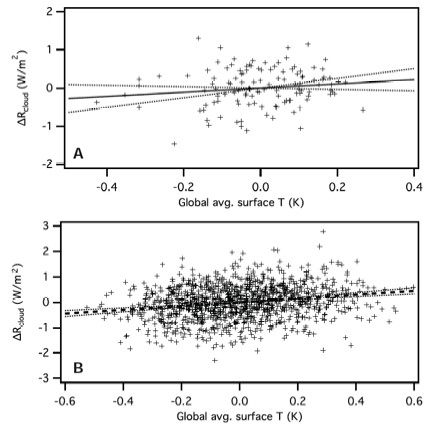ScienceRocks
Democrat all the way!
- Banned
- #1
This had to be one very crappy "weather pattern" over the Arctic to cause 4.2 million km^3 not to beat 6.4 million km^3 volume in 2007. That is -2.2 million km^3 decrease in arctic sea ice volume since 2007... What does that mean? That means the thickness has falling through the floor since 2007. Area's that might of been 3 plus meters thick are now likely 1 meter. You can look at the "ice extent" graph and look at the 'area' and 80-100 percent purple area that is the highest percentage of ice area and you will find looking at that alot less of the deepest colors this year. That is another way to know damn well the volume out of washington state is telling it like it is.
What does that mean? That means the thickness has falling through the floor since 2007. Area's that might of been 3 plus meters thick are now likely 1 meter. You can look at the "ice extent" graph and look at the 'area' and 80-100 percent purple area that is the highest percentage of ice area and you will find looking at that alot less of the deepest colors this year. That is another way to know damn well the volume out of washington state is telling it like it is.
Extent is NOT a good way to judge the ice sheet at all. It is controlled by many factors
1# wind direction compacted or spreading the ice out(2007 had winds that worked to compact the ice into thicker/more dense sheets).
2# high and low pressures---high pressure centered over the arctic is going to have more solar energy hitting the ice pack then a low pressure with clouds. 2007 was amazing for having a high centered over the arctic all melt season(Imagine Texas over the arctic).
The truth is 2011 had a lot less sea ice within the arctic....But much more spread out over a larger area. Remember the sea ice is three "d", which means it has width, length and height=total of it. When you have a crappy weather pattern that spreads it out instead of compacting it; don't be surprised when it acts differently.
If a pattern like 2007 happens over the next 3-4 years, which is more or less a anomaly in of its self. I fully expect we will go below 3.5 million km^2...Why? Because there is 2.2 million km^3 less sea ice to go around and a compacting pattern like 2007 will have a far smaller area of extent. Makes sense???
You have less of something, but it is spread out as the winds are Not favorable for compaction, what do you expect? Get a favorable pattern and then grab your bag of popcorn, but don't hold your breath as 2007 was a once in 20 year event.
Here is the volume of each year until 8-31


You can clearly see that 2007 had much thicker(deeper purple) then 2011...It doesn't matter if it is one inch or 3 meters, but as it is 15 percent of the ice within a area it is counted.
Extent is NOT a good way to judge the ice sheet at all. It is controlled by many factors
1# wind direction compacted or spreading the ice out(2007 had winds that worked to compact the ice into thicker/more dense sheets).
2# high and low pressures---high pressure centered over the arctic is going to have more solar energy hitting the ice pack then a low pressure with clouds. 2007 was amazing for having a high centered over the arctic all melt season(Imagine Texas over the arctic).
The truth is 2011 had a lot less sea ice within the arctic....But much more spread out over a larger area. Remember the sea ice is three "d", which means it has width, length and height=total of it. When you have a crappy weather pattern that spreads it out instead of compacting it; don't be surprised when it acts differently.
If a pattern like 2007 happens over the next 3-4 years, which is more or less a anomaly in of its self. I fully expect we will go below 3.5 million km^2...Why? Because there is 2.2 million km^3 less sea ice to go around and a compacting pattern like 2007 will have a far smaller area of extent. Makes sense???
You have less of something, but it is spread out as the winds are Not favorable for compaction, what do you expect? Get a favorable pattern and then grab your bag of popcorn, but don't hold your breath as 2007 was a once in 20 year event.
Here is the volume of each year until 8-31
You can clearly see that 2007 had much thicker(deeper purple) then 2011...It doesn't matter if it is one inch or 3 meters, but as it is 15 percent of the ice within a area it is counted.
Last edited:


